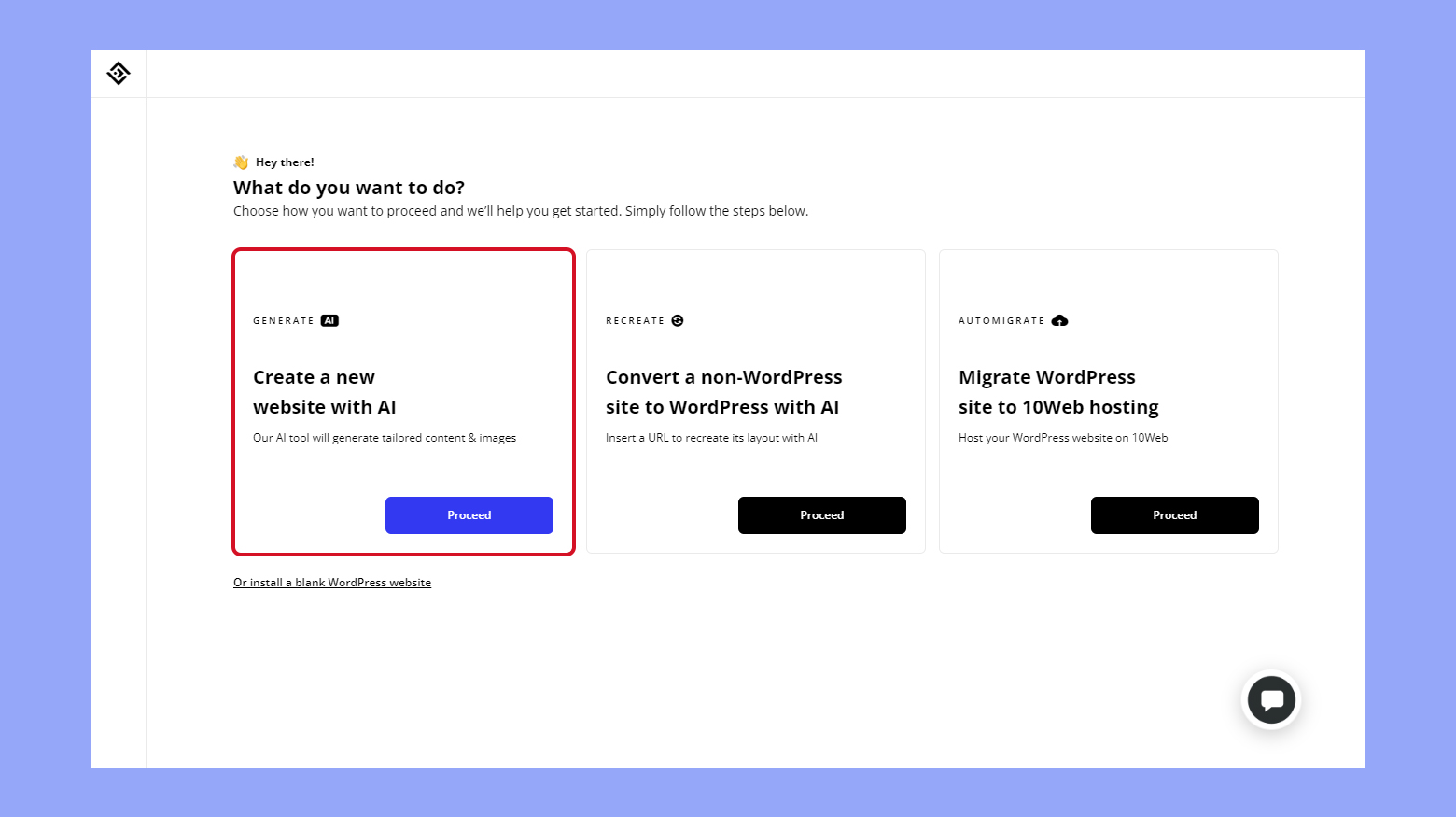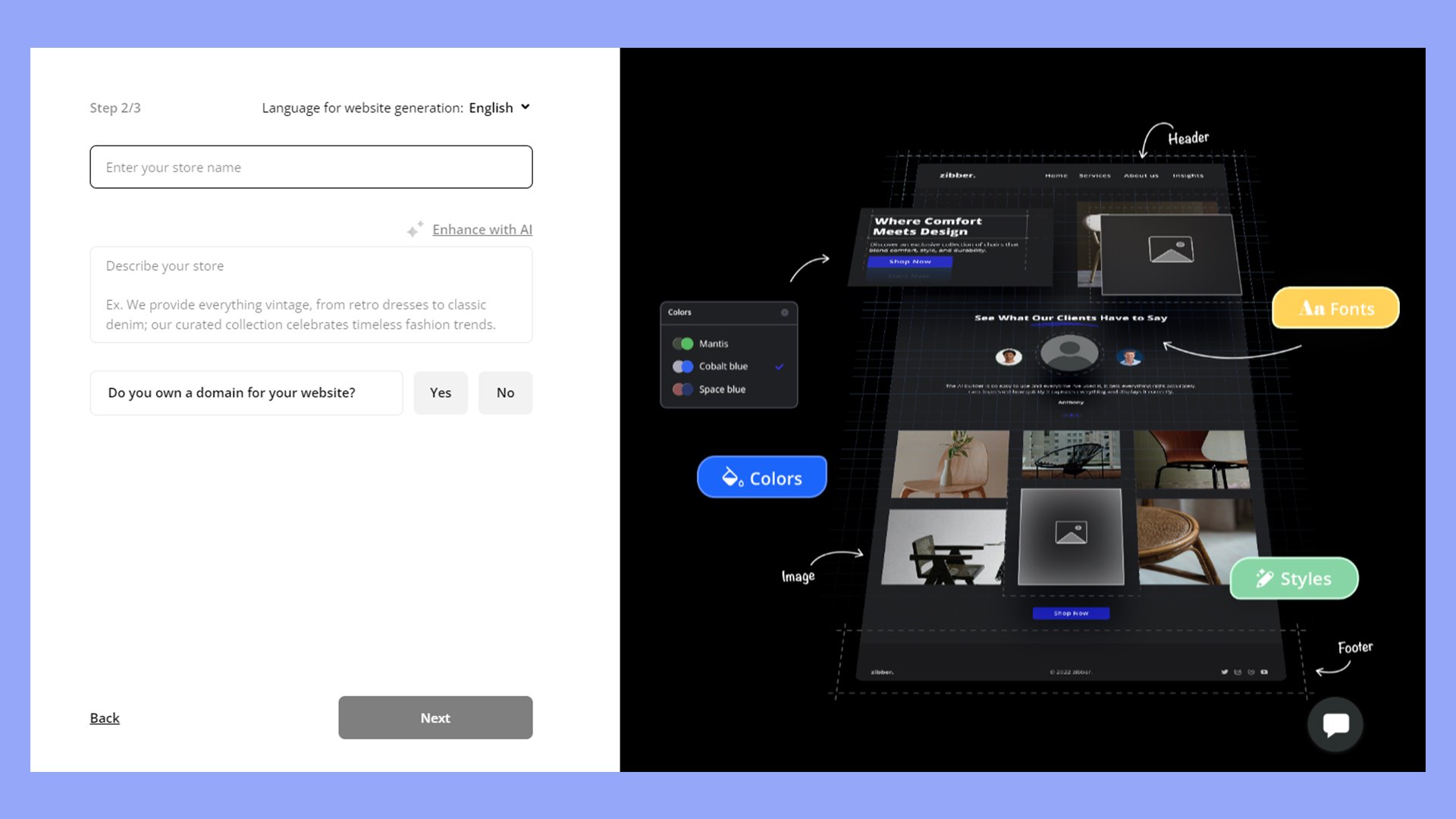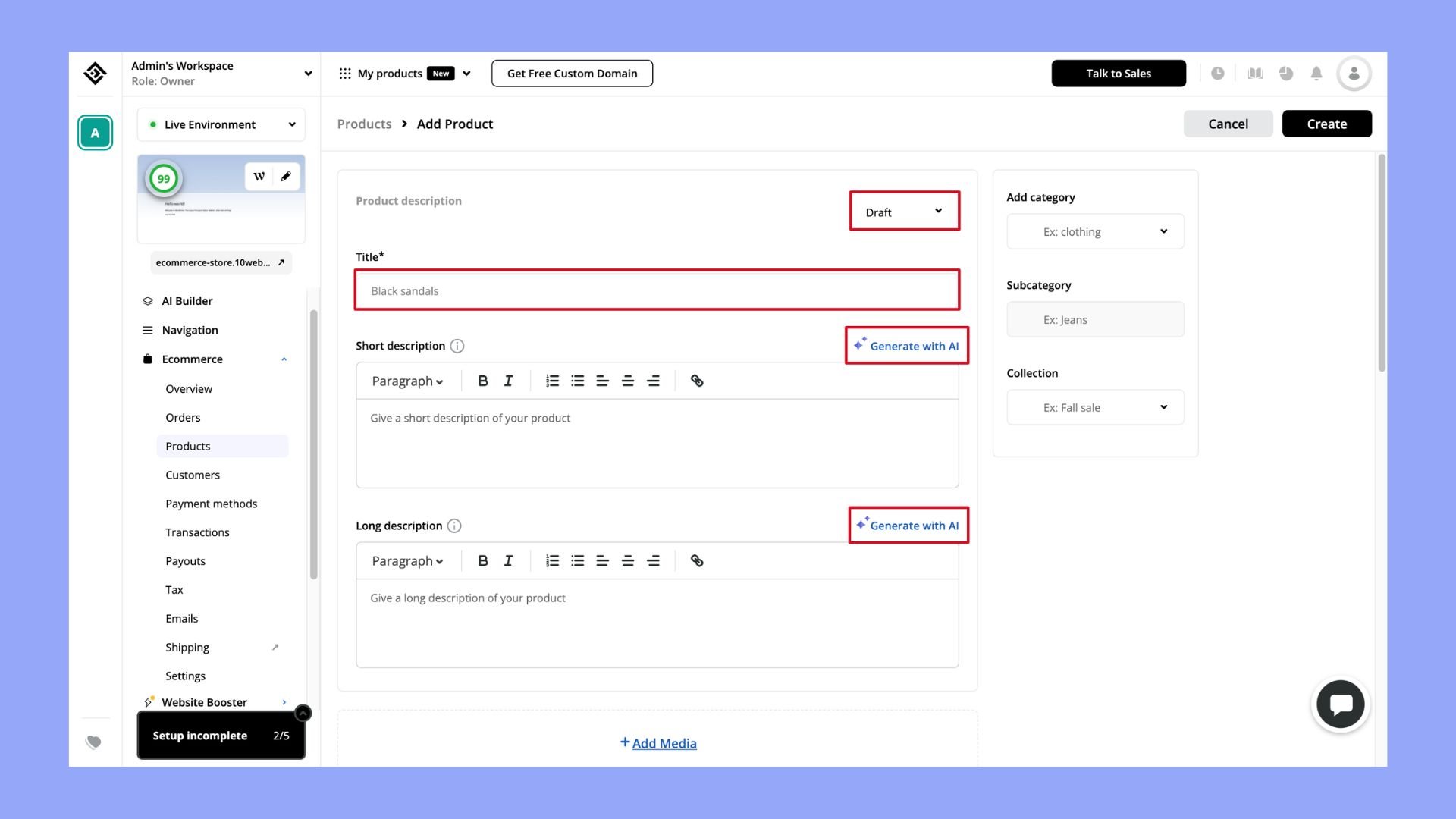The rise of ecommerce has significantly impacted various industries, with the food market seeing notable transformations and opportunities. This article explores the evolving trends, financial aspects, and specialized segments within the online food-selling market, providing a comprehensive guide for those looking to enter this profitable field.
Selling food online offers numerous exciting opportunities, from tapping into the growing demand for sustainable and organic products to using direct-to-consumer models for better profit margins and brand control. With the market poised for continued expansion, entrepreneurs can look forward to a thriving and dynamic business landscape.
FAQ
Where is the best place to sell food online?
What food sells the most online?
Can I sell food online in Florida?
How do I start selling my food products?
The current online food-selling market
The online food-selling market has seen notable changes and growth, with evolving trends, significant financial impacts, and specialized segments gaining popularity. These factors are important for anyone looking to enter this industry.
The basics of the food industry
Before launching your online food business, get familiar with food laws and regulations. These rules ensure that food products are safe, properly labeled, and free from harmful contaminants.
Key points to know:
- Regulations can vary by region, so research local laws.
- Obtain the necessary licenses and permits.
- Stay updated on food safety standards and practices.
Learn about food storage, packaging, and transportation. Proper handling ensures your food reaches customers in perfect condition.
Trends in the food-selling market
The online food market has expanded rapidly, influenced by changing consumer habits and technological advancements. Contactless delivery and curbside pickup became essential during the pandemic and continue to be popular due to their convenience. Subscription meal kits are also gaining traction, offering curated dining experiences at home.
Sustainable and organic foods are in high demand as consumers become more health-conscious and environmentally aware. Additionally, direct-to-consumer (DTC) sales models allow producers to reach customers without intermediaries, improving profit margins and maintaining control over their brand image.
Financial estimations of the market
The financial projections for the online food selling market are promising. Experts predict a steady rise in ecommerce food sales, with revenue growth driven by both existing companies and new entrants. Market analysts forecast double-digit annual growth rates for the next few years.
The market for ready-to-eat meals and grocery delivery services is also expected to continue expanding. Increased investments in technology and infrastructure will enhance supply chain efficiency and food safety, contributing to higher profitability and consumer trust.
Specialized sections of the market
Several specialized market segments are emerging, each catering to diverse consumer needs. Cottage food laws allow individuals to sell specific homemade foods directly to consumers, fostering small-scale entrepreneurship. Compliance with local regulations and obtaining necessary permits and certificates are crucial for success in this domain.
The demand for plant-based and gluten-free products is rising, reflecting broader dietary and lifestyle trends. Artisanal and gourmet foods, such as craft cheeses and specialty baked goods, attract consumers seeking high-quality and unique products. Moreover, ethnic and international cuisine segments are growing, providing opportunities for businesses offering exotic and culturally themed food items.
How to sell food online: steps to start with
Selling food online involves some preparation and execution steps such as creating a brand, conducting market research, writing a business plan, and choosing the best platforms for sale. Each step is critical for your success in the online food business.
Choose a business model for your online food store
Your business model is how you’ll operate and make money. Choosing the right one is crucial for success. Common business models:
- Direct-to-consumer: Sell products directly to customers through your website.
- Marketplace: List your products on sites like Amazon or Etsy.
- Subscription service: Offer weekly or monthly food boxes.
- Wholesale: Supply products to grocery stores or restaurants.
Pick a model that aligns with your goals, resources, and target market.
Legal considerations of the food-selling business
When selling food online, it is crucial to comply with food laws and obtain the necessary permits and licenses. These laws cover production, labeling, storage, and sales, and vary by region, so thorough research into local, state, and federal regulations is essential.
For example, U.S. cottage food laws allow home-based sales of certain foods, but requirements differ by state. Accurate labeling of ingredients, allergens, and nutritional information is necessary to avoid penalties. Proper food handling and safety standards are vital to prevent contamination.
Starting a food business requires a state business license, possible zoning clearance, a kitchen inspection, food handling training, and a food business permit, which may need annual renewal. Check with your local health department for specific requirements.
Create a brand
Creating a strong brand is essential for success in the competitive online food market. Here are the key steps to establish an impactful food brand:
Choose a business name: Choose a unique and “delicious” name for your food brand. A well-chosen name can significantly influence your brand’s recognition and appeal. As a quick and free tool, you can use the 10Web Business Name Generator to find creative and relevant name suggestions tailored to your food niche, ensuring your brand name is distinctive and memorable.
Accessing the website, describe your food-selling business to the tool and it will generate ideas you can choose from. Then, check if the corresponding domain is available, if so, select the name you like.
Define your brand values։ Your food brand should reflect your core values, whether it’s about organic ingredients, sustainable practices, or gourmet quality. Clearly define what your brand stands for and ensure these values are communicated consistently across all your marketing materials.
Design your logo and visual identity: Your logo should embody the essence of your food brand. It should be distinctive, easily recognizable, and reflective of your brand’s personality. Create a cohesive visual identity by using consistent colors, fonts, and styles across your website, social media, packaging, and promotional materials. Consistency in branding builds trust and recognition.
Develop your brand voice and story: Craft a unique and engaging voice for your brand’s communication. Your brand voice should resonate with your target audience and be reflected in all your content, from product descriptions to social media posts. A consistent and authentic brand voice helps build a strong connection with your customers.
Include your story and mission to connect with your audience on a deeper level. Share the inspiration behind your brand, the journey of your business, and the values that drive you. A compelling brand story makes your brand relatable and fosters an emotional connection with your audience.
Develop packaging: Quality packaging is also crucial. Invest in packaging that keeps your food fresh and safe during delivery. Use materials that reflect your brand’s values, such as eco-friendly packaging if you are selling natural or gourmet foods. Eye-catching designs and clear labels can help attract and inform customers.
These are the key aspects that can help create a food brand that stands out in the competitive market, attract and retain customers, and effectively communicate your unique value proposition.
Define you vision
Your vision sets the direction for your food business. Consider what kind of impact you want to make in the market.
You should define long-term goals and objectives, decide whether you want to focus on retail, wholesale, or both. Also, think about the types of products you want to sell, such as baked goods or natural foods.
Conduct market research
Conducting thorough market research helps you understand your target audience and competitors. When conducting market research there are several things you should focus on․
- Identify gaps in the market and potential focus areas.
- Research popular food trends (like dairy-free or small-batch).
- Analyze competitors to see what they are doing right and wrong.
Write a business plan
A well-structured business plan is crucial for guiding your business toward success. It outlines your objectives, strategies, and financial forecasts.
The plan should include the following:
- An executive summary that provides a concise overview of your business, including your mission statement, the products or services you offer, and your business goals. This section should grab the reader’s attention and summarize the key points of your plan.
- Your business model that explains how your business will operate and generate profit. This includes your value proposition, revenue streams, cost structure, and key partnerships. Highlight what makes your business unique and how you plan to stand out in the market.
- Market research that encompasses a market analysis defining your target market, its size, and growth potential; a competitive analysis identifying your competitors, their strengths and weaknesses, and how you plan to differentiate your business; and a customer analysis describing your ideal customers, their needs, and how your product or service meets those needs.
- The production model that outlines your production process, including how you will create and deliver your products or services. Cover the production workflow, steps involved in producing your product or service, key suppliers and their reliability, and measures to ensure product or service quality.
- Marketing and sales strategy that details your marketing plan, how you plan to promote your business, reach your target audience, and build brand awareness. Include your sales strategy, tactics for acquiring and retaining customers, pricing strategy, sales channels, and sales tactics.
- The financial projections that provides detailed projections to demonstrate the viability of your business. This includes expected revenue over a specific period, a detailed list of expected expenses, projected profits and losses, anticipated cash inflows and outflows, and a break-even analysis indicating when your business will become profitable.
Including these essential components, your business plan will provide a clear roadmap for your business’s future, helping you overcome challenges and seize opportunities.
Choose a platform for selling food online
Choose the right platform to sell your food. Consider popular ecommerce platforms, which offer user-friendly tools to help you set up an online store.
- Compare platforms based on cost, ease of use, and features.
- Look for platforms with integrated payment gateways and shopping cart solutions.
- Consider platforms tailored to specific food sales, like Squarespace for small baked goods shops.
Your options include online marketplaces like Amazon or dedicated ecommerce platforms. For a broader reach and better control over your sales, the platform, branding, and customer experience, building your ecommerce website can be quite beneficial.
Create an ecommerce website
Creating a professional ecommerce website to sell food online can be straightforward and efficient with the 10Web AI Website Builder, tailored for food entrepreneurs. This innovative tool utilizes AI technology to automate much of the web design process, allowing you to focus on delivering quality products and services to your customers.
Here is how you can develop your online presence using the 10Web AI Website Builder:
- Access the 10Web Website and select Generate Your Website.

- Choose to Create a New Website with AI.

- Enter your business type as Food Store and click Next.
- Specify your business type to ensure the AI customizes the website accordingly.

- Enter your business name and input a comprehensive description of your food business offerings. Utilize the Enhance with AI button to refine your site’s content.

- Choose to register a new domain or use an existing one.
- Provide a detailed description of your first three products.
- Finalize the details and click Generate to create your site.

The 10Web AI Website Builder will generate your site, which you can preview and adjust using their user-friendly editing tools. You can access the 10Web Dashboard to manage, add or remove products, and manage your orders and inventory. Here is how:
- Go to my.10web.io > Ecommerce > Products > Add New Product.

- Enter the title, description, and pricing, and select Create. You can also generate product descriptions with AI to create smooth products on your food-selling website.
- Before going live, preview and test all functionalities to guarantee a seamless customer experience.
The 10Web AI Website Builder offers food entrepreneurs an efficient and user-friendly platform to create ecommerce sites without any coding skills. It combines AI-driven design and setup with flexible customization options. With the platform, you can manage payments and subscriptions, all while enhancing site performance for better SEO and visibility.
Create your custom online store in minutes with 10Web AI Ecommerce Website Builder and take your business online. 
Looking to sell online?
Design appealing and clear product descriptions
Product descriptions are essential for informing and enticing your customers. Start with a catchy headline that underscores the key benefits of the product. Then, follow with a detailed description that covers important aspects like ingredients, taste, and uses.
Highlight what makes your foods special. If you offer small-batch or gourmet products, make sure to mention that. Use bullet points for easy readability and include any dietary information clearly, such as gluten-free or vegan.
Tips for effective product descriptions:
- Use descriptive language: Make the reader visualize and almost taste your food.
- Include key details: Ingredients, benefits, and special features.
- Be honest and clear: Avoid exaggerated claims and ensure all information is accurate.
- Format for clarity: Use bullet points, bold text for key points, and short paragraphs.
Maintaining a manageable inventory and storage
Managing your inventory effectively helps prevent stockouts and overstock situations. Begin by implementing an inventory management system that tracks your stock levels in real time. This system can be as simple as spreadsheet software or more complex, like specialized inventory management software. Here are some key inventory management tips to consider:
- FIFO method: Use the First-In-First-Out (FIFO) method to keep your stock fresh.
- Regular audits: Perform regular inventory audits to correct any discrepancies.
- Order planning: Plan orders based on sales forecasts and historical data to avoid overstocking or running out of supplies.
- Proper storage: Use proper storage equipment to maintain the quality of your ingredients and supplies.
With careful planning and organization, you can keep your inventory under control and minimize waste, ensuring your food business runs efficiently.
Calculating costs and setting competitive pricing
Start by tracking all your expenses. Direct costs include ingredients and packaging, while indirect costs cover kitchen rental, utilities, and equipment maintenance. Labor costs are significant, so calculate hours spent on preparing, packaging, and shipping products.
Research wholesale prices for ingredients to see if buying in bulk saves money. Use this data to set competitive prices by analyzing your competitors. Account for seasonal changes in ingredient prices and adjust your budget regularly.
To increase profit margins, streamline operations, reduce wastage, and improve production efficiency. Consider bulk purchasing and negotiating with suppliers for better rates.
Engage customers through effective marketing
To successfully sell food online, it’s crucial to engage with your audience through diverse methods including content marketing, social media, and interactive content like blog posts. These efforts help build customer loyalty and drive traffic to your site.
There are various ways to connect with your target audience, such as:
- Email marketing which keeps customers informed about new products and special offers.
- Offering discounts and promotions that can entice new customers and keep existing ones interested.
- Hosting events, both online and offline that allows for personal interaction and builds stronger connections.
- Utilizing customer reviews and testimonials showcases satisfaction and encourages new buyers.
Besides these general marketing strategies, you can also use specific marketing channels to reach your audience.
Content marketing
Creating engaging content boosts your online visibility. Share recipes, cooking tips, or behind-the-scenes looks at your production process. Content should be SEO-optimized to rank higher in search engines like Google.
Use attractive imagery and videos to make your content more appealing. Offer downloadable resources like e-books on nutritional information. Educating your audience through content builds trust and establishes you as an authority in the food industry.
Social media marketing
Social media platforms are vital for reaching a broader audience. Platforms like Instagram, Facebook, and Pinterest are perfect for sharing high-quality images and videos of your food products, cooking processes and make them hungry.
Collaborate with influencers to reach their followers and gain credibility. Social media ads can target specific demographics, helping you reach potential customers. Engage with your audience through comments and messages to build a loyal community.
Interactive content and blog posts
Blogs offer a place to share detailed and engaging content. Interactive content like quizzes, polls, and surveys can boost customer engagement. Blog posts about food trends, nutrition, and other relevant topics draw in readers and keep them coming back.
Regularly updated blogs help improve your site’s SEO, making it easier for people to find your business on search engines. Utilizing guest bloggers and collaborations can introduce your brand to new audiences.
Conclusion
Selling food online offers a wealth of opportunities, driven by evolving trends and technological advancements. This guide has highlighted essential steps, from understanding legal requirements and creating a compelling brand to using modern marketing techniques and maintaining efficient inventory systems. By tapping into a focus segment like sustainable and specialty foods, entrepreneurs can meet specific consumer needs and capitalize on the growing demand for unique, high-quality products.
Financial estimations for the online food market are promising, with significant growth expected. Success in this dynamic industry requires staying informed about market trends, continuously refining strategies, and delivering exceptional products. With careful planning, innovation, and a strong focus on customer engagement, you can thrive in the competitive landscape of online food sales and achieve delicious profits.
Create your custom online store in minutes with 10Web AI Ecommerce Website Builder and take your business online. 
Looking to sell online?


















